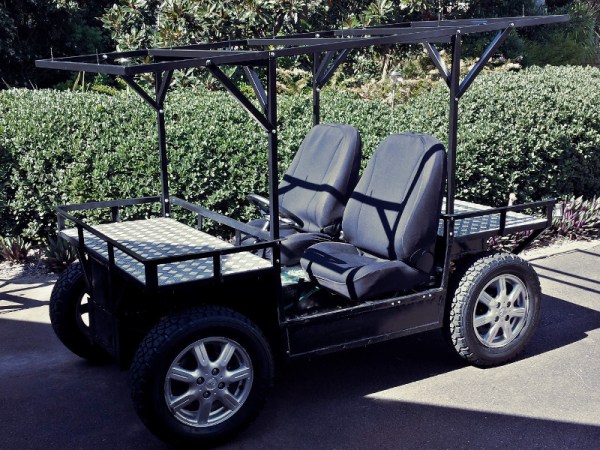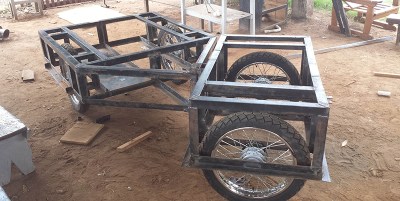In my opinion, the best projects in the Hackaday Prize are the weirdest. Building a computer from sand is an admirable goal, and polar coordinate 3D printers are awesome. These projects obviously have limited utility, and there’s no accounting for taste, anyway. The real proof of how successful a project is, is the degree to which it can be spun out into a product. There’s a social proof in selling something, and last year we introduced the Best Product competition into the Hackaday Prize. The idea is simple: build something other people would want, and you’ll win a residency in the SupplyFrame Design lab to turn your project into a product.
The winner of last year’s Best Product competition in the Hackaday Prize was the Vinduino, From [Renier van der Lee], a water-saving irrigation project for vineyards. Over the last year, this project has seen some amazing success, saved a bunch of water, and proven itself to be an excellent entry into the Hackaday Prize.














